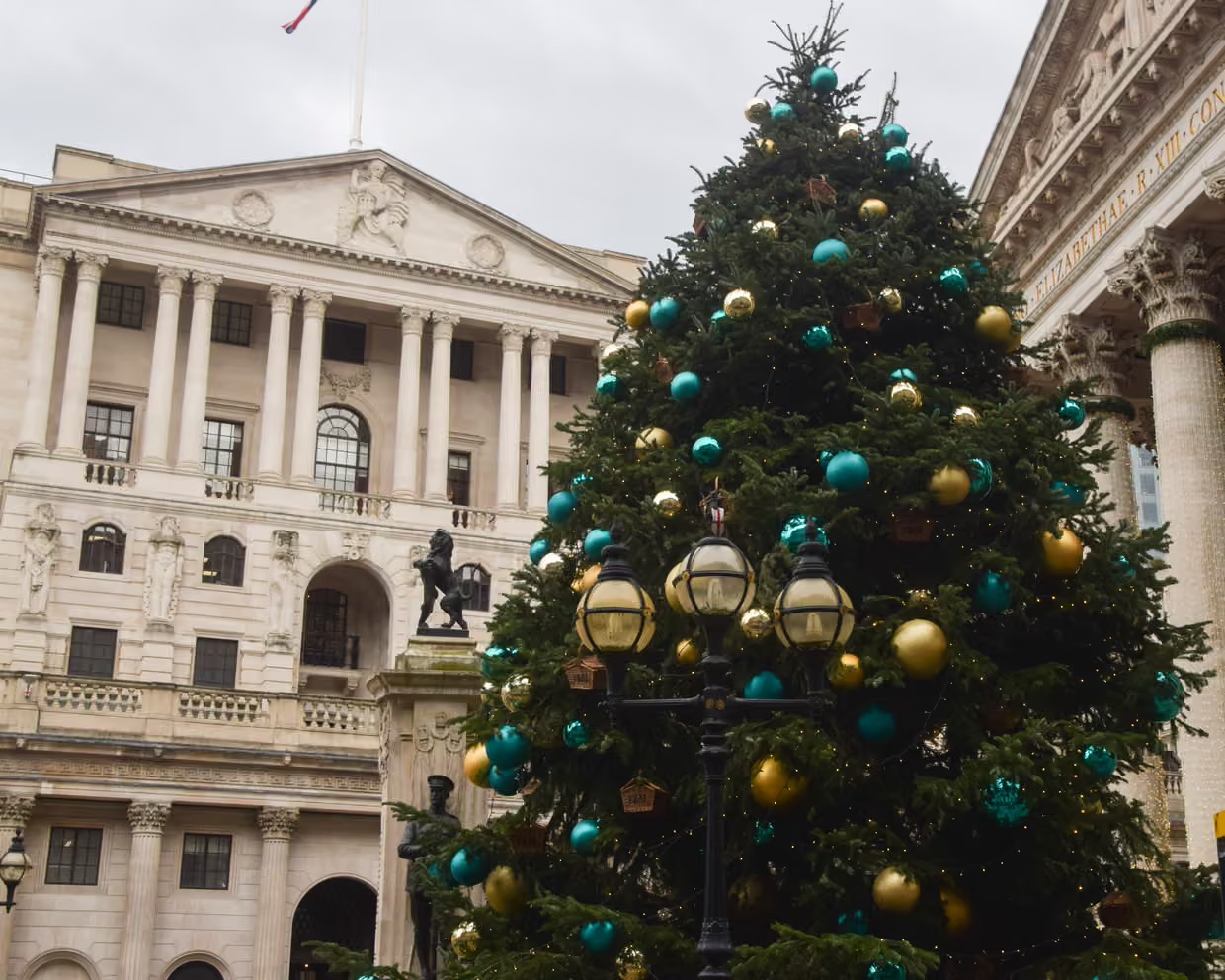The expansion of the ULEZ is right around the corner (Picture: Reuters)
The planned extension of the Ultra Low Emissions Zone (ULEZ) announced by Mayor of London Sadiq Khan is set to go ahead next month.
This is despite Mayor Khan facing a High Court battle as the boroughs of Bexley, Bromley, Harrow, Hillingdon, and Surrey County Council challenged the proposed extension.
The ULEZ Zone is a designated area in London where a fee is charged for driving in the most polluting vehicles, meaning it typically affects older cars and thus it is argued,that it will impact the working class people in london.
Transport for London (TfL) has estimated that on an average day about 160,000 cars and 42,000 vans that use London’s roads would be liable for the fee.
But when will the ULEZ Zone expand and what will it mean for those in the affected areas? Here’s what we know.
When is the ULEZ expanding?
The ULEZ Zone will expand across all London Boroughs from August 29, 2023, due to its potential to greatly improve the capital’s air quality.
Latest London news
How hot will London get in the next heatwave? Latest predictions
Current ULEZ zone
The scheme currently covers all areas within the North and South Circular Roads, however, the planned expansion will see the entirety of Greater London become part of the ULEZ Zone.
The proposed plans mean the ULEZ would cover the same area as the current Low Emission Zone, up to the Kent border and into Essex.
Mayor Khan has described the expansion as ‘transformational’ and claimed extending it will mean ‘five million more people will be able to breathe cleaner air and live healthier lives’.
New areas included in the ULEZ expansion
Barnet
Biggin Hill
Brentford
Bromley
Croydon
Dagenham
Edgware
Edmonton
Enfield
Finchley
Harrow
Hayes
Hornchurch
Ilford
Kingston upon Thames
Mitcham
Richmond
Romford
Ruislip
Southall
Sutton
Twickenham
Upminster
Welling
Wembley
Wimbledon
Woodford
Who has to pay the charges and how can you do it?
Hundreds of thousands of drivers across London pay a daily charge of £12.50 every time they drive within the Zone under the current rules.
The expansion of the ULEZ has been met with backlash (Picture: PA)
According to ULEZ standards, vehicles must meet the following Euro frameworks to be exempt from the charge:
Euro 3 for Motorbikes – engines must not produce more than 2.3g/km of carbon monoxide and 0.15g/km of nitrogen oxide
Euro 4 for petrol cars, minibuses, vans – engines must not produce more than 1g/km of carbon monoxide or 0.08g/km of nitrogen oxide
Euro 6 for diesel cars, minibuses, vans – engines must not produce more than 0.5g/km of carbon monoxide, 0.08g/km of nitrogen oxide or 0.005g/km of particulate matter
According to TfL, nine out of 10 cars seen driving in outer London on an average day meet the ULEZ standards, so their drivers will not need to pay the charge.
Drivers can check the status of their vehicle on the TfL website and see if they need to pay by entering their registration number.
Some vehicle types are exempt from the charges, including
Wheelchair-accessible private hire vehicles will be given a grace period until October 24, 2027
All vehicles constructed before January 1, 1973
Specialist agricultural vehicles
Military vehicles
Non-road vehicles which are allowed to drive on the highway (for example, excavators)
Certain types of mobile cranes
London-licensed taxis
All electric vehicles are also exempt from the charges as they produce zero emissions.
Drivers will not be charged if they are parked within an ultra-low emission zone or on days when they do not drive.
According to the TfL website, all money received from the scheme is reinvested into ‘improving London’s transport network, such as expanding bus routes in outer London.’
The planned expansion will see thousands more motorists hit with charges.





